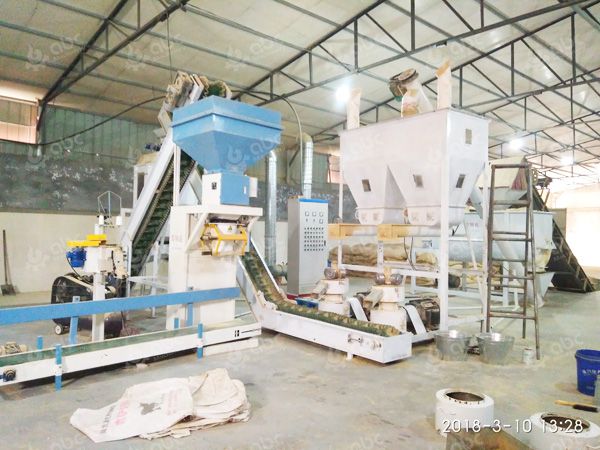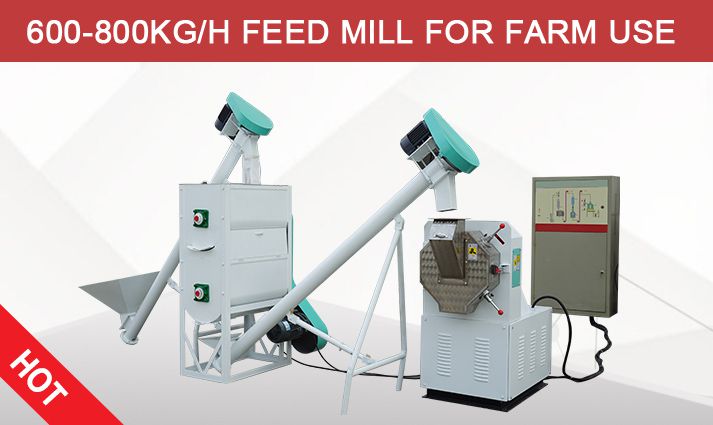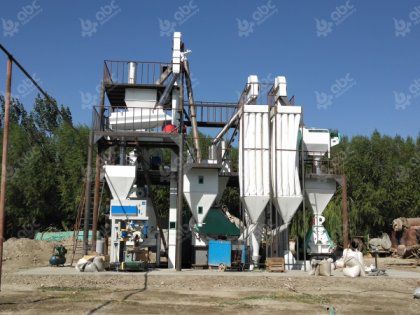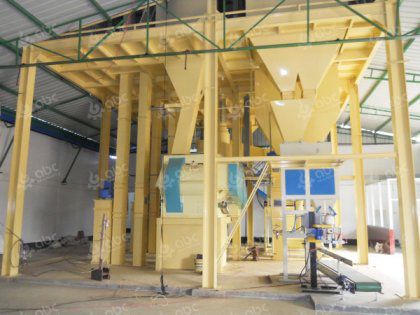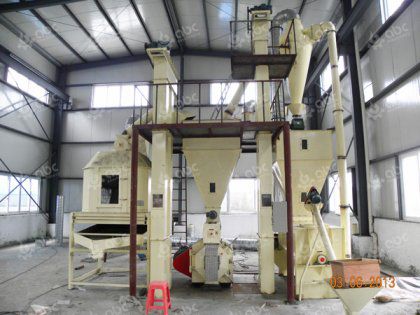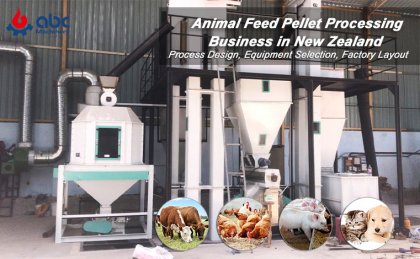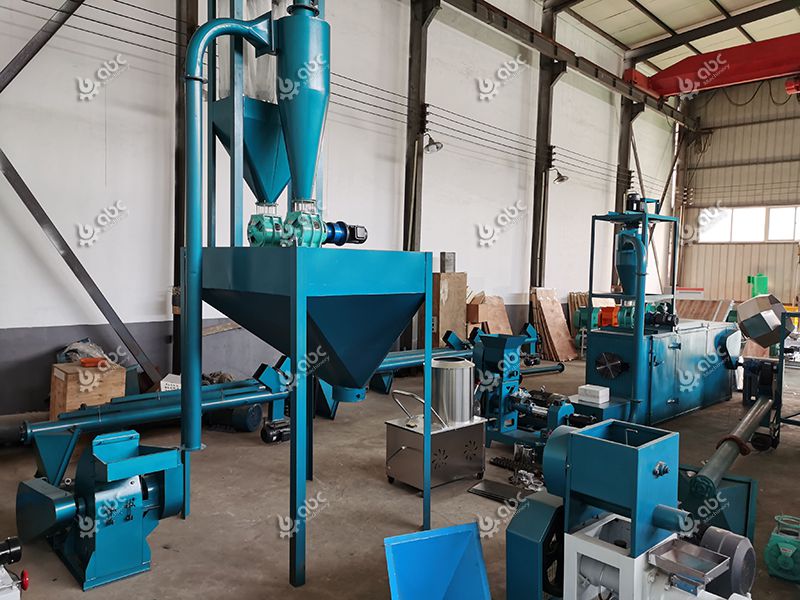Animal feed pellets are animal feeds that have been made into little smooth particles, the sizes vary with type and size of animals. The advantages of animal feed pellets include;
- Improved animal feed consumption: This is because animals find it easier to pick and eat the pellet thereby bringing about an improved growth, performance and productivity.
- Decreased food wastage: Feeds fed as marsh and fines are undoubtedly prone to wastage because after the animals struggle to eat within their mouth reach, the rest of the feed is but dust. This is especially worse for poultry.
- Destruction of harmful organisms in the feed: Pelleted feeds have been exposed to heat during processing and as such has been rid or organisms that might be the detriment to the animals. This is not usually possible with other forms of feeds since they have not been exposed to sufficient heat.
- Increase in appetite and decrease in selective feeding: Animals readily eat pelleted feeds readily because it is easier for them. They also cannot select what feed to leave out as the whole ingredients have been blended and pelleted.
- Feed dust and disease control: March and fines are not only difficult for animals to feed on but also are capable of causing respiratory diseases. Rabbits, for instance, are prone to dust disease, so feed pellet is the right feed type for them.
- Easy feed packaging, transportation and storage: Animal feed pellet is easy to package and stack.
Animal feed pellet production line process
The production of animal feed pellet has improved over the years, from the crude and slow methods to the use of machines set up in complete feed pellet production lines. Three major procedures are carried out during the processing:
1. The first and most important procedure is sourcing the adequate ingredients for the feed pellet production. The classes to be considered when choosing ingredients include; piglet feeds, poultry feed, sow feed, layers diet, broilers and growers feed and Salmonella-free feeds.
2. The second procedure is the proper use of certain safe additives to improve the quality of the feed pellet. These enhancers are:
i. Binders, added to keep the pellets intact and avoid segregation. They could be Lignin based binders, Hemi-cellulose binders, Mineral binders or Specialty binders like gums and starches.
ii. Lubricant and fats, added to the pellets to avoid choking of animals at every temperature.
iii. Emulsifiers added to control the pellet moisture content and aid floating in aqua feeding.
3. The third procedure is the actual processing of various machines, these machines in order of the processing stages are:
• Screw feeder
• Vertical spout
• Feed pellet mill
• Meal bucket elevator
• Cooler
• Automatic package
• Scale
Animal feed pellet has not only been in animal feed for sometimes but is also growing into more use. The advantages surpass the cost. So it is right for you to set up your own animal feed pellet production line now!

